Half-Cycle Correction
In economic models that employ Markov-type processes, a half-cycle correction is typically recommended to account for the fact that events and transitions can occur at any point within a cycle, rather than precisely at the start or end. This correction adjusts for the timing uncertainty of events within each cycle to provide more accurate estimates.
For example, if there are 100 people alive at month ten and 90 alive at month eleven, it is unclear when the 10 deaths occurred between these two points. To address this, a half-cycle correction assumes that events, such as deaths, occur on average at the midpoint of the cycle. This adjustment ensures that the model reflects a more realistic distribution of events over time.
However, not all health events and their associated costs and consequences are evenly distributed within a cycle. For instance:
– Clinical Confirmations: The increased costs associated with disease progression might only become evident at regular follow-up visits (e.g., at the start or end of a cycle) when progression is clinically confirmed.
– Medication Costs: If medication is prescribed in monthly packs, the full cost is incurred regardless of the exact timing of a patient’s death within that month.
Therefore, while half-cycle correction is a useful tool for improving the accuracy of Markov models, it should be applied judiciously. Corrections should be applied primarily to those aspects of the model where the exact timing of events within the cycle is uncertain and can significantly affect the outcomes. Careful application ensures that the model remains realistic and reflective of actual clinical and economic scenarios.
Click HEOR TERMINOLOGY
